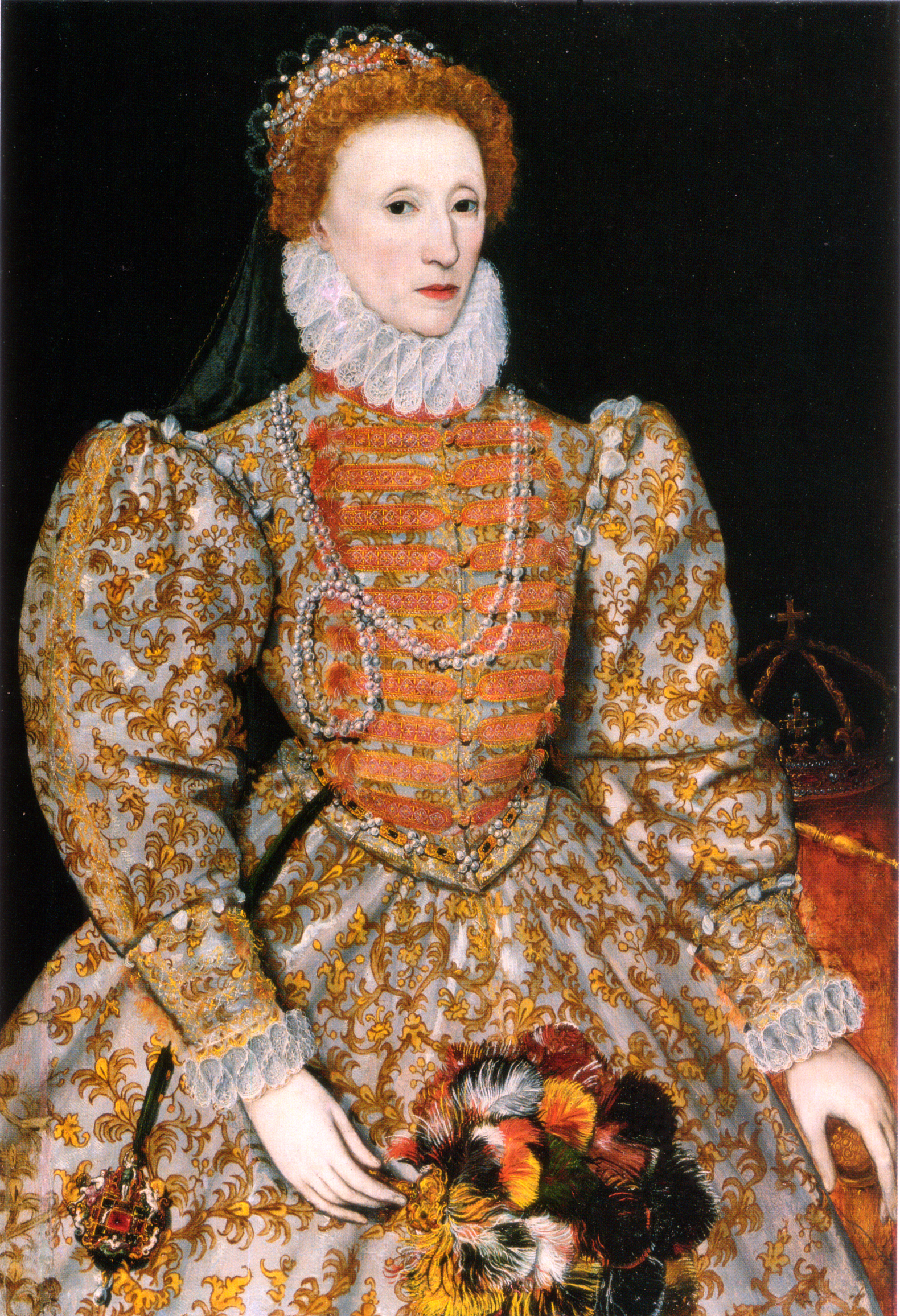This rug is a manifestation of
Mamluk wealth and power in the early 15th century. Mamluk Egypt was incredibly wealthy and powerful because they controlled the principle trade route between Europe and Asia. The spice that Europe desired came by sea from India through the Gulf of Aden and up the Red Sea to Aqaba or Suez where it was taken over land and then by ship to Europe. Then two things happened and Egypt slid out of world power and into relative obscurity. July 8th, 1497 Vasco da Gama set sail from Lisbon and reached Calcutta May 20th, 1498. By breaking the spice monopoly the Mamluk lost the ability to tax all spice trade. Less than 20 year later power crazed Ottoman bent on world domination conquered Egypt and ended Mamluk rule.
This is a splendid example and familiar to those familiar with the literature:
THE BAILLET-LATOUR MAMLUK CARPET
EGYPT, PROBABLY CAIRO, EARLY 16TH CENTURY
Price Realized £782,500 ($1,299,733)
Estimate
£250,000 - £350,000 ($414,000 - $579,600)
Sale Information
SALE 1519 —
ORIENTAL RUGS & CARPETS
8 April 2014
London, King Street
Localised light wear, corroded red, localised repairs, occasional spots of old tint, backed, overall very good condition
8ft.6in. x 7ft.11in. (258cm. x 240cm.)
Provenance
Vincenz Baillet-Latour, Vienna by 1892
With Galerie Sailer, Vienna, by 1986
Literature
Friedrich Sarre, Orientalische Teppiche. Mit Unterstutzung des K.u.K. Handels-Ministeriums, Vienna, 1892-96, pl.XXXVIII.
Hali 31, July/August/September 1986, p.32-33
Lot Notes
The carpets of Mamluk Egypt are the most magnificent and complete group of early carpets to have survived to the present day. Their designs are closely connected to the geometric designs of other Mamluk art forms and are characterised by a complex, almost kaleidoscopic, geometry created by the juxtaposition of colour and form. Their restricted palette of wine-red, green and light blue silky wool and the variety of complex interlocking small octagons are unlike any other group of carpets which has an effect akin to luminescence.
The Mamluk Empire stretched from south east Anatolia to the Hijaz, in modern day Saudi Arabia, taking in Egypt, Syria, Palestine and parts of Sudan and Libya, lasting for over 250 years. The origin of Mamluk carpet production has remained uncertain but it is generally accepted that Cairo is the most likely weaving centre. It is thought that carpet weaving in Egypt commenced under the reign of Sultan Qa'it-bay (r.1468-1496), when there was a golden age of artistic creativity. This theory is supported by 43 surviving documentary sources that make reference to a carpet weaving centre in Cairo, the earliest and most famous of which appears in the writings of an Italian traveller named Barbaro who in 1474 was comparing the carpets of Persia, Cairo and Turkey. This along with a 16th century inventory of the Medici Collection which lists a Mamluk carpet as being 'Un tappeto Cairino', help to establish a chronology for these weavings (Alberto Boralevi, 'Three Egyptian Carpets In Italy', Oriental Carpet & Textile Studies II: Carpets of the Mediterranean Countries 1400-1600, London, 1986, pp.205-220).

Mamluk carpets are unique in the history of carpets both in terms of their design and structure. The lustrous silky wool found in Mamluk carpets is 'S' (clockwise) spun and 'Z' (anti-clockwise)-plied whereas every other group of Eastern carpets are constructed from 'Z'-spun/'S'-plied wool. Louisa Bellinger has shown that the technical characteristics of Mamluk wool is consistent with the characteristics of Egyptian wool used in the production of textiles for centuries (Ernst Kuhnel and Louisa Bellinger, Cairene Rugs and Others Technically Related, Washington DC, 1957, p.80). It has been suggested that the designs are reflections of other forms of Mamluk decorative arts, such as the striking geometric Cairene floor mosaics, tiles, book bindings and architectural woodwork. The strongest correlation appears between the composition of Mamluk carpets and Egyptian fountain courtyards. However, it is interesting to note that the Cairo attribution is not unanimously accepted and, in her article ''Mamluk Carpets' of North Africa', Jenny Housego has put forward an interesting but unproven argument that the square-format Mamluk carpets, such as the Baillet-Latour Mamluk, may in fact have been produced in the Maghreb, which had a long and prestigious history of weaving (''Mamluk Carpets' of North Africa', Oriental Carpet & Textile Studies II: Carpets of the Mediterranean Countries 1400-1600, London, 1986, pp.221-241).
The Baillet-Latour Mamluk carpet relates particularly closely to two important square-format Mamluk weavings with star-shaped medallions, the example in the Osterreichisches Museum für angewandte Kunst, Vienna, inv. no. T8345, and the Mamluk rug in the Metropolitan Museum of Art New York, formerly in the collection of George Blumenthal, inv. no. 41.190.262. All three of these carpets have a very similar field organisation, they share a rosette and three section cartouche border without additional internal medallions, as well as two tiers of feather-shaped motifs that surround the interior octagon. Where our carpet differs is in its use of five colours instead of the three employed in the other two examples and the very unusually open central medallion with small floating ornaments which make the design feel particularly luminous and almost iridescent due to the large amount of light blue employed in both the inside and outer band of the medallion.

The present carpet, is important not only for its rarity and extraordinary beauty but also for its place in the history of carpet scholarship. It was one of the first Mamluk carpets to be published and appears as plate XXXVIII in the Friedrich Sarre's seminal Orientalische Teppiche, Vienna, 1892-96 (see lot 2 in the present sale), which was the first comprehensive carpet survey and was hugely influential on subsequent texts. In Orientalische Teppiche, the carpet is listed as the property pf ‘Herrn Grafen Vincenz Baillet-Latour’. This is Vincenz Baillet-Latour (1848-1913), an Austrian count and politician, of noble Belgian origins and the grandson of Theodor Count Baillet de Latour (1780-1848).
DEPARTMENT INFORMATION
Rugs & Carpets
KEYWORDS
16th Century
Medallion
Carpet
Rugs & Carpets
Rugs & Carpets
Wool
Egypt
Mamluk (1250-1517)
Seen on http://www.christies.com/




